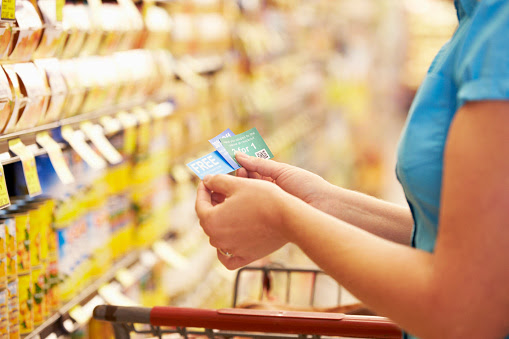Reward point programs can be amazing, such as the ones from some airlines that let you earn miles and get upgrades to business class or a free flight. Other times, they’re less-than-enthralling. The worst are the ones laden with rules and restrictions. “Collect 10 stamps on your membership card during this month on weekdays between 10 am and 5 pm and get a free meal on Sunday with the purchase of any other main meal plus a service charge!” Programs that make you feel like they’ve been deliberately designed to discourage you from participating are everywhere, which is why many people don’t bother becoming a member or grabbing a points card.
Another issue is the sheer number of reward programs to keep track of and remember. Did you bring the right card to the right store? Most of us don’t have the time or the patience to go through all the rigmarole and the retailers know it. “Get a FREE ___” looks good on a poster, but usually involves jumping through so many hoops, folks just don’t bother. A trend that is helping level the playing field a bit is reward apps that let you earn gift cards by simply shopping. No specific store, no certain items… virtually anything you buy gets you points that can be swapped for rewards of your choice.
How it works is by downloading an app and scanning your receipts. After you get into the habit of scanning receipts – with some apps you simply snap a pic – it’s surprising how fast you start saving money. The list of places you can earn points is long and includes grocery stores, restaurants, big-box or club membership stores, pet stores, drugstores, liquor stores (if you’re over the legal age for your area and local laws permit it), clothes, and fashion outlets, convenience stores, gas stations, and even hardware stores.
The simplicity of the idea is appealing: 1. Get out phone, 2. take a pic or scan your receipt, 3. turn your scanned receipts points for gift cards for big retailers like Amazon or dozens of other choices. The more receipts you scan, the more shopping rewards you earn. No coupons necessary. And if you don’t get around to scanning your receipt right away it’s no biggie as you can do it a week or even two weeks after the purchase date. Sweet, yeah? What’s the catch?
Well, obviously, you’re sharing your shopping info with a company that collates it, analyzes it, and sells it. It’s the same thing Facebook does, only they don’t let you turn “likes” into Amazon gift cards. Big data companies need, well… a big amount of data. They analyze consumer trends, monitor markets, compare pricing, and much more. The end result of big data being sold to the brands you buy is cheaper prices for you. Don’t believe us? Here’s a fictional example: Eco-Sandal Inc. had planned to invest 35 percent of their marketing budget on promoting their latest sandals made from all recycled material. But the data they got from their big data consulting company indicates that the new sandals are selling at an above-expected rate. This means Eco-Sandal can reduce spending on advertising and offer the product at a 15 percent discount this summer.
The above might sound convoluted and farcical, but it’s pretty close to how it works. Companies seek to reduce costs by optimizing their supply chains, but it’s hard to do that without enough data. Savings on shipping or transport or storage do filter down to consumers. Enough people scanning or taking a picture of their receipts is a simple way of getting accurate information to the company whose job is figuring out what people want and how they want it.
Sure, some might balk at privacy issues, but it’s not like anything’s changed. If you use Google or Facebook, you’re giving data in exchange for a service. Credit card companies keep records. This is just a more direct method for which you are rewarded more directly. The reward apps know they can’t make the process too much of a hassle or you’ll simply quit. And they know they can’t offer crappy “rewards” because, again, you’ll quit. The system boils down to – in many people’s view – an offer that’s almost “free money.” The reward points come quickly once you start scanning or taking pics of shopping receipts and the apps also inform you of special offers and have lists of things you could redeem points for. Or you can stick to the humble, yet awesome gift card. Starbucks, Amazon, Target…etc. Go shopping, get a gift card: It’s hard not to see a win-win here.
Having reward point systems connected and centered in one place – on one app – makes the whole thing simple and checking your online reward “wallet” is easy. There will be some that have reservations, but we’re pretty confident in predicting that this is a trend that’s set to grow, as most people have no problem getting “paid” for going shopping.
